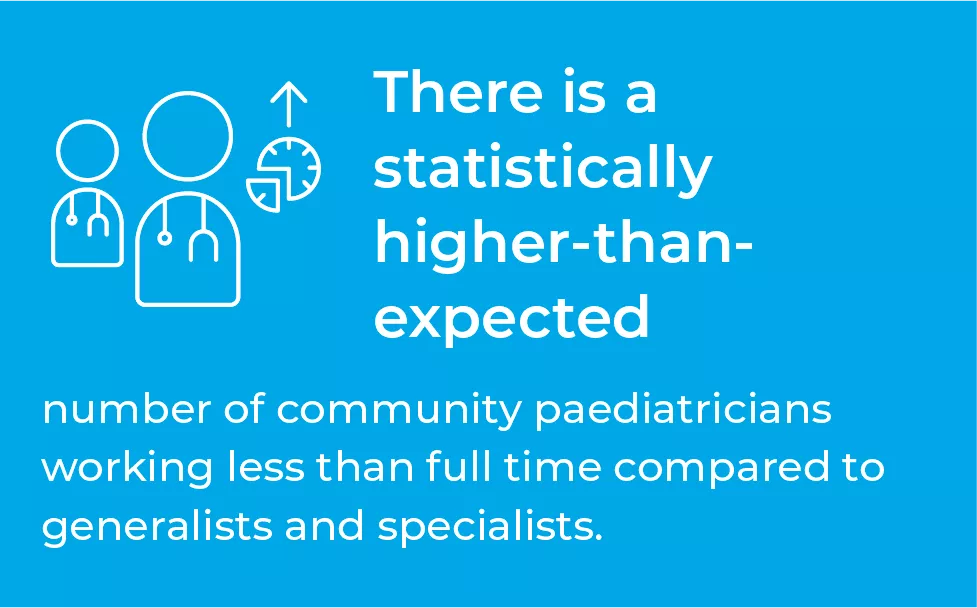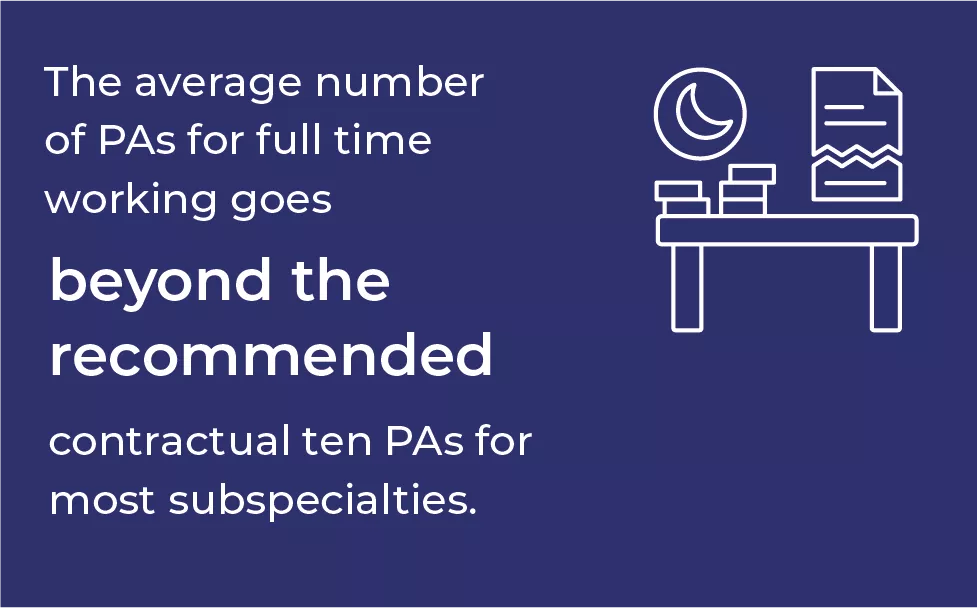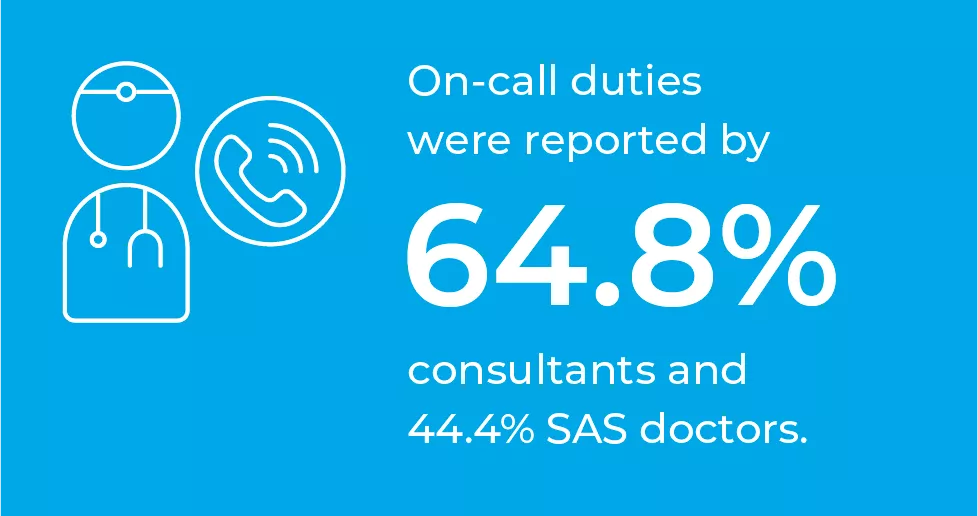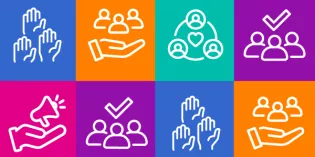
Following are summaries of our recommendations and key findings from the census, which was conducted in early 2022. For more details you can download our overview report below. And for the full details, including more detailed findings and our methodolgy, you can also access our full report.
Recommendations
Each nation should develop a bespoke child health workforce strategy.
Plans should respond to immediate needs and financial pressures, taking into account emerging models of care to deliver professional and service standards. This includes developing a multi-disciplinary workforce in all parts of the UK that supports a whole system approach. Plans should be based on robust data, future trend modelling and consultation with children and young people (CYP).
NHS organisations and senior leaders should support the wellbeing of the child health workforce and modern ways of working.
This should include protecting staff from burnout, developing an inclusive and caring environment, looking positively on requests for flexible working and better understanding the workplace culture, including why people may choose to leave.
NHS organisations and senior leaders should ensure equality, diversity and inclusion (EDI) are integral to workforce planning.
This should include setting up EDI initiatives and groups to ensure the workforce and leadership reflects the diversity of the population that it serves and establishing inclusive working needs, including for those with neurodiversity and accessibility needs. It should also include monitoring and measuring EDI processes and providing training on the importance of diversity.
Key findings
Primary job and subspecialty
Note PAs means Programmed Activities.


Contract and working patterns

Supporting professional activities

On-call duties



Retirement


Retire and return

Equality, diversity and inclusivity (previously collected information in Census respondents only)














